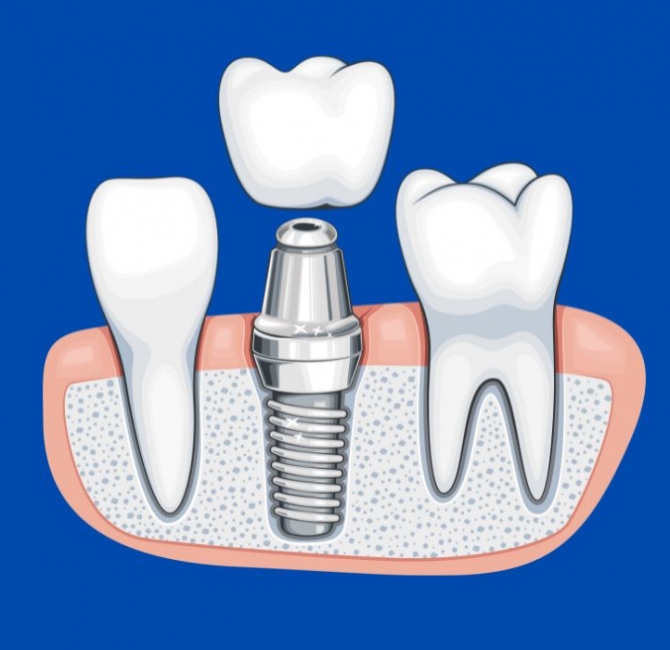BACKGROUND Mechanical plaque removal has been commonly accepted to be the basis for periodontal treatment. This study aims to compare the effectiveness of ultrasonic and manual subgingival scaling at different initial probing pocket depths (PPD) in periodontal treatment.
METHODS English-language databases (PubMed, Cochrane Central Register of Controlled Trials, EMBASE, Medline, and ClinicalTrials.gov, by January, 2019) were searched. Weighted mean differences in primary outcomes, PPD and clinical attachment loss (CAL) reduction, were estimated by random effects model. Secondary outcomes, bleeding on probing (BOP), gingival recession (GR), and post-scaling residual dental calculus, were analyzed by comparing the results of each study. The quality of RCTs was appraised with the Cochrane Collaboration risk of bias tool. The GRADE approach was used to assess quality of evidence.
RESULTS Ten randomized controlled trials were included out of 1,434 identified. Initial PPD and follow-up periods formed subgroups. For three-months follow-up: (1) too few shallow initial pocket studies available to draw a conclusion; (2) the heterogeneity of medium depth studies was so high that could not be merged to draw a conclusion; (3) deep pocket studies showed no statistical differences in PPD and CAL reduction between ultrasonic and manual groups. For six-months follow-up: (1) too few shallow initial PPD studies to draw a conclusion; (2) at medium pocket depth, PPD reduction showed manual subgingival scaling better than ultrasound. No statistical differences were observed in CAL reduction between the two approaches; (3) for deep initial PPD studies, both PPD and CAL reduction showed manual subgingival scaling better. GR results indicated no statistical differences at medium and deep initial pocket studies between the two methods. BOP results showed more reduction at deep pocket depths with manual subgingival scaling. No conclusion could be drawn about residual dental calculus.
CONCLUSION When initial PPD was 4-6 mm, PPD reduction proved manual subgingival scaling was superior, but CAL results showed no statistical differences between the two means. When initial PPD was ≥6 mm, PPD and CAL reductions suggested that manual subgingival scaling was superior.



